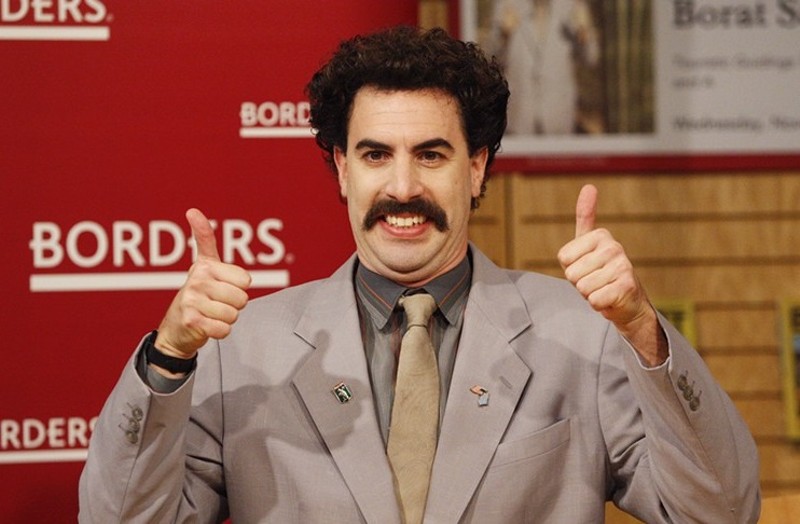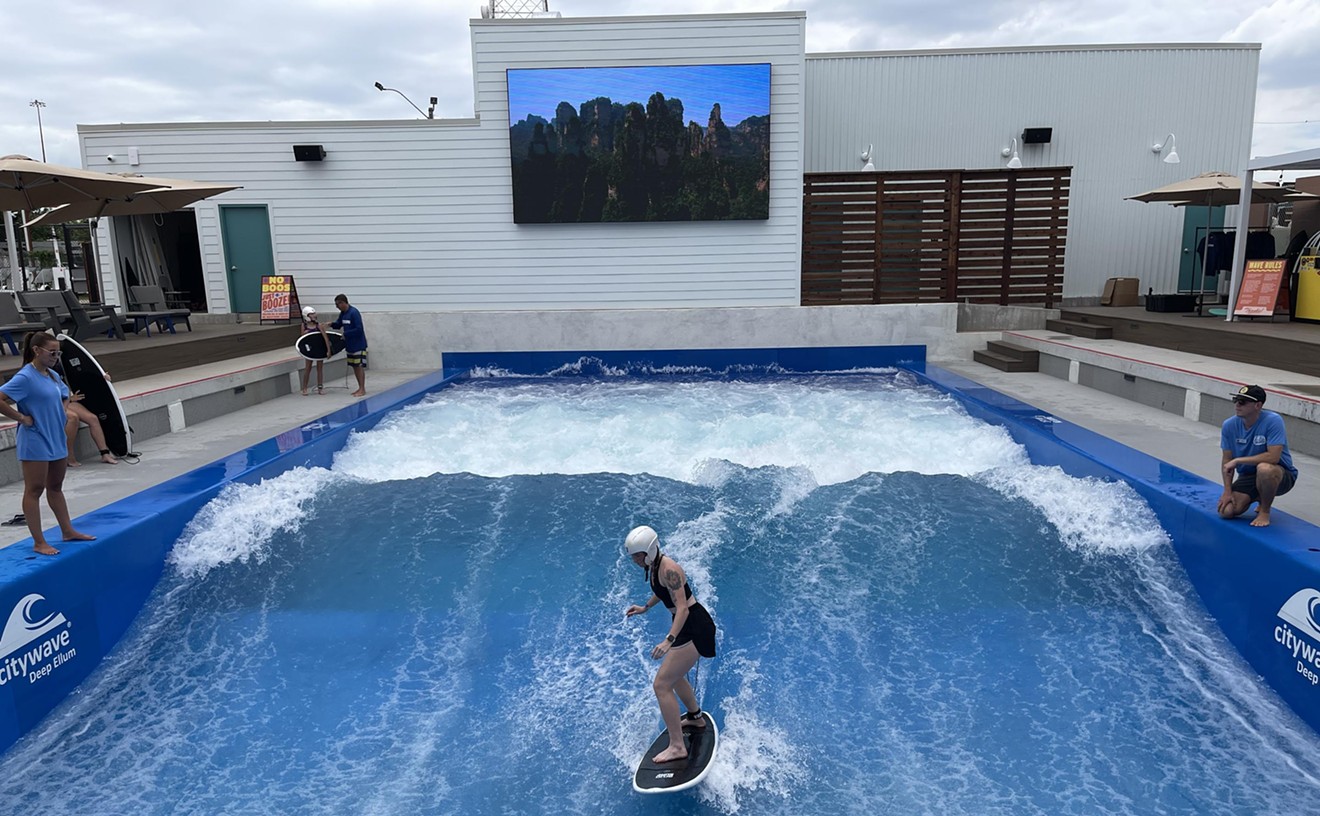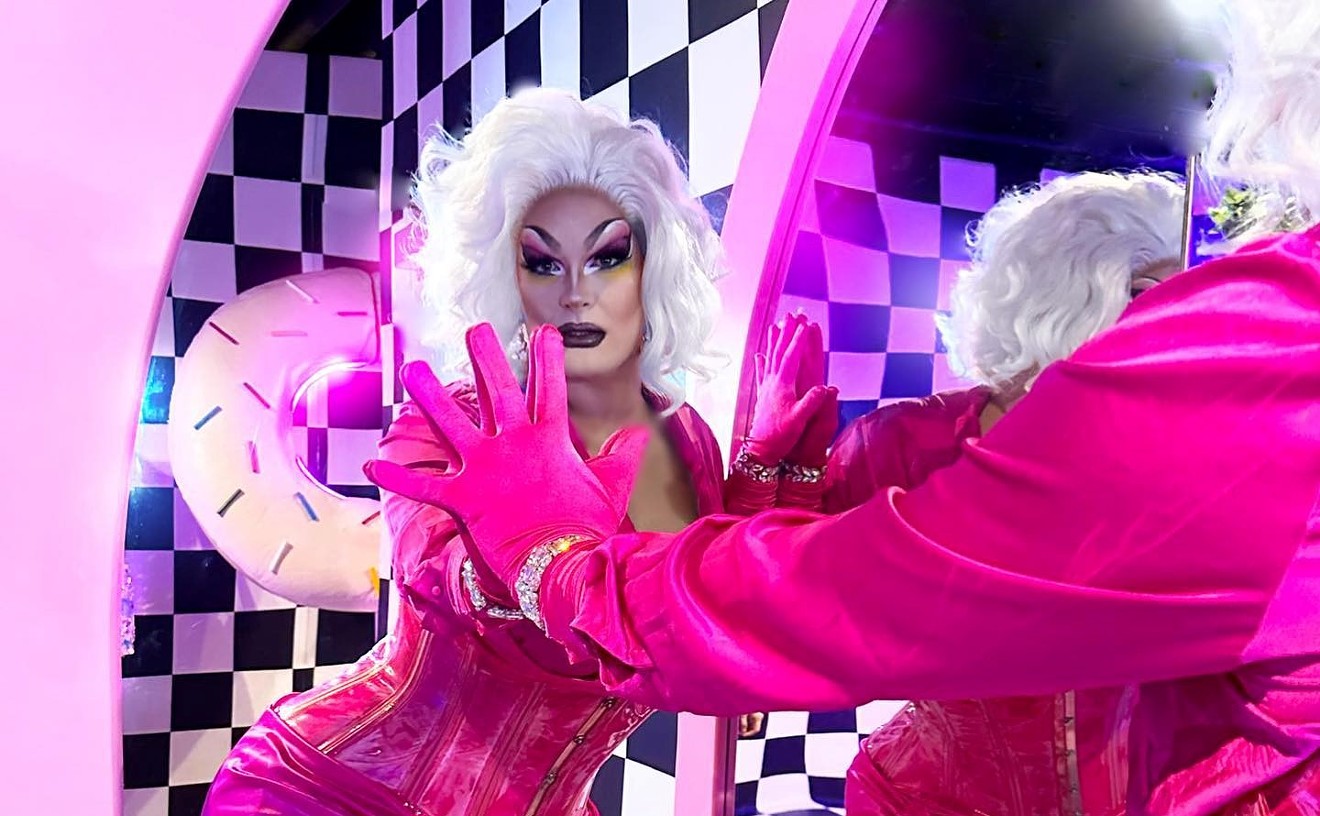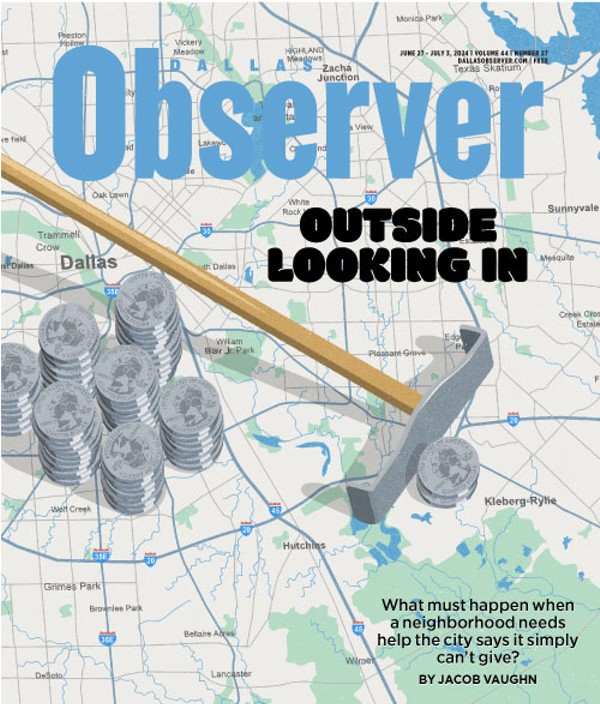Yeah, we’re still waiting on those.
Understandably, the worldwide box office was at its lowest, and looking at the films that were delayed, it’s evident Hollywood was looking to coast on another year of retreads, remakes, prequels and sequels in order to sustain itself. This isn’t a new trend, either; of the 47 films to have ever grossed more than $1 billion, only three are not related to a franchise (Titanic, Zootopia and Avatar — the latter of which is getting four sequels, by the way).
Clearly, blockbuster filmmaking is reliant on audiences' nostalgia for familiarity, with sequels both beginning and closing the calendar year. The action-comedy sequel Bad Boys For Life was the last major blockbuster released before COVID-19 forced theaters to shut down, and the recent announcement that the comic book tentpole Wonder Woman 1984 is headed to HBO Max has signaled to many that the future of the theatrical experience is all but over.
However, just because it was a bad year for studios banking on these profits doesn’t mean it was a bad year for sequels. In fact, the eclectic mix of movie franchises that returned to audiences this year shows that Hollywood is turning toward pleasing a lot of different niche groups with sequels tailored to their interests.
No other sequel (and maybe no other movie) got more attention this year than Borat Subsequent Moviefilm, Sacha Baron Cohen’s outrageous return to his most iconic character. There was no other film that captured the present in the same way, as the film completed shooting over the course of the pandemic and clearly aimed to swing voters in the presidential election. Much of that relevance is due to the adaptability of the filmmakers to cater to viewers' feelings in the hellscape of 2020.
Not only is the Borat sequel a time capsule that captured this unusual year, but it also delivered on our desire to see familiar faces doing something fun again. Borat wasn’t the only comedy icon to return to audiences this year; the loveable Wyld Stallyns returned with Bill & Ted Face The Music, while Steve Coogan and Rob Brydon slipped back into The Trip series with The Trip to Greece, and Netflix even churned out another one of those damn Kurt Russell Santa Claus movies with The Christmas Chronicles 2.
Yes, it’s fun to see the icons that brought us so much laughter come back, but they weren’t the toothless nostalgia packages that failed to adapt to the times. Both Borat and Bill and Ted introduced daughters into the world, but these progressive updates felt essential because of the laughter they brought. Maria Bakalova (Borat) and Samara Weaving & Bridget Lundy-Paine (Bill & Ted) weren’t just walking in their fathers’ footsteps, but setting out to create characters worthy of a new legacy.
It was also important for these sequels to recognize that the characters have aged (even if Keanu Reeves doesn’t). Coogan and Brydons’ final The Trip film became as powerful as it was because it addressed the fundamental issue with comedy sequels: people grow up, jokes get old and the people we once thought were our best friends may feel further apart than ever. It’s rare to see a franchise take that sort of mature, contemplative risk with its swan song.
Risk-taking is exactly what movie sequels needed to stand out, and it's impressive that some franchises managed to pivot away from what they once were. 2016’s Suicide Squad sucked, so this year DC released a spinoff of sorts called Birds of Prey that focused on the one thing everyone seemed to like: Margot Robbie’s Harley Quinn. Birds of Prey gleefully ignores most of the canon of the larger DC universe and aims for a colorful, spunkily self-aware personification of a wild slumber party story.
Birds of Prey worked because it didn’t go through the motions of wrangling back the cast of a stale franchise and forcing them into a sleepy sequel that no one wanted. Instead, it took what people like and followed up on it; isn’t that what a good sequel should do anyway?Risk-taking is exactly what movie sequels needed to stand out, and it's impressive that some franchises managed to pivot away from what they once were.
tweet this
Of course, not every movie sequel is going to be The Empire Strikes Back or The Godfather: Part II, and this year saw a lot of easy cash cows, as well. Parents needed something to put on while the kids were stuck at home, and animated sequels certainly did the trick with The Croods: A New Age, Cats & Dogs 3: Dogs Unite, Phineas and Ferb the Movie: Candace Against the Universe and Trolls World Tour. Hopefully, these cheap follow-ups gave children a 90-minute distraction so their parents could go take a nap.
And yeah, there were a lot of random new installments no one could’ve predicted, and we're not talking about glitzy Netflix trash like The Babysitter: Killer Queen or The Kissing Booth 2, but about the stuff that would be direct-to-VOD even if we weren’t in a pandemic. Did you know about the new The Craft movie that was abandoned by its production company, Blumhouse? What about Deep Blue Sea 3? (Apparently there was a second one.) There was also a SEVENTH Tremors movie and a ninth (that's quite enough, please) American Pie released this year.
For all the grievances that those strange sequels may have caused, this was also a year in which the definition of what constitutes a film became particularly fluid. Take The New Pope, for example. A continuation of the 2016 HBO mini-series The Young Pope, the nine-hour continuous story functions as a film sequel in the same way many limited shows feel like long films. Perhaps sequel shows are the new normal.
You can even look to the world of music documentaries as a novel way of continuing stories, characters and themes. David Byrne’s Broadway film American Utopia remixes and re-contextualizes the work of Byrne’s entire career, particularly that of the 1986 classic concert film Stop Making Sense. If Stop Making Sense operates like an origin story that slowly adds band members to the stage, American Utopia lets a new audience take the thrust of the narrative, transforming Byrne’s breathless energy into a potent call to action.
Even if theaters were largely absent from the cultural conversation this year, sequels found a way to stay thoughtful and relevant. Clearly, the future of filmmaking will allow the scaling back of certain productions, and perhaps the films of 2020 prove that audiences will always find a place for franchises with a little creativity.












